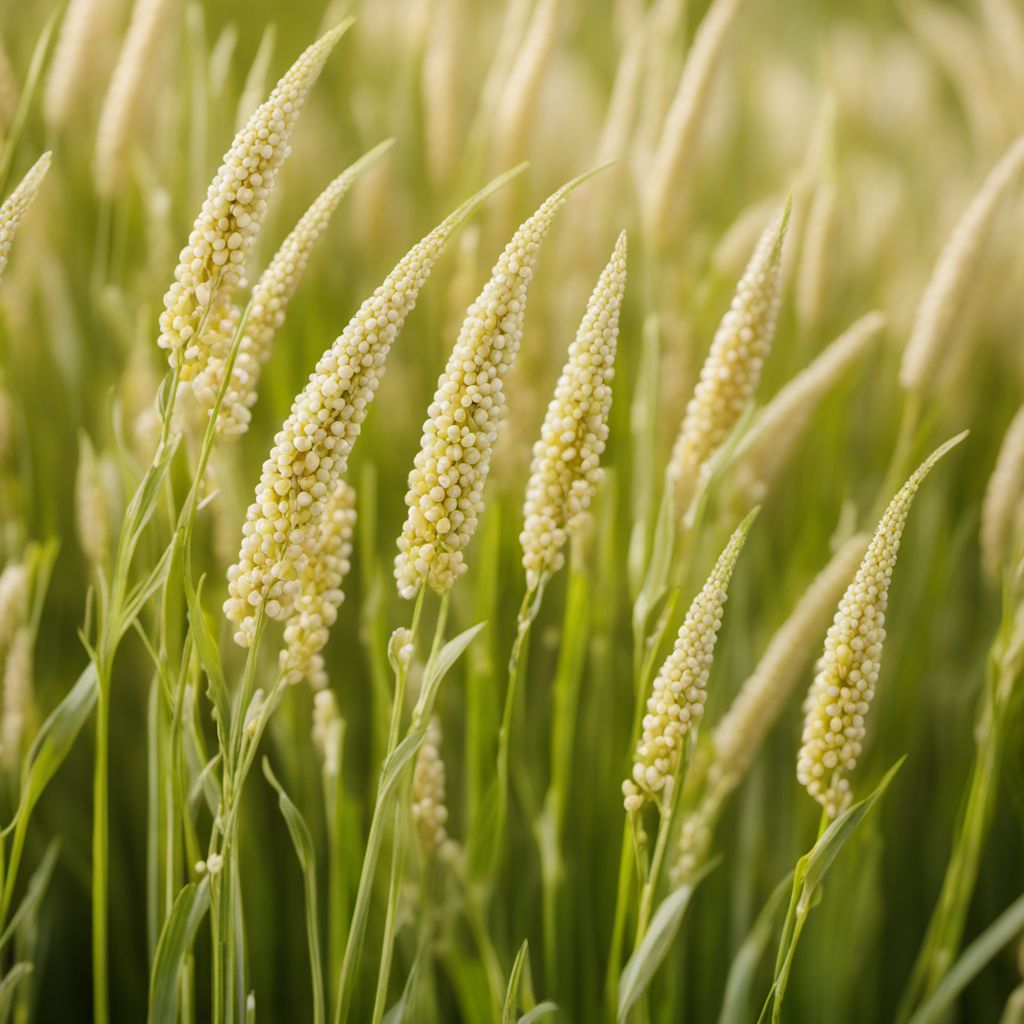
Ingredient
Little millet grain
The Mighty Mini Grain
Little millet grain is a small, round grain that is commonly used as a staple food in many parts of India and Africa. It has a nutty flavor and a slightly chewy texture, similar to couscous or quinoa. Despite its small size, little millet grain is packed with essential nutrients, making it a valuable addition to a balanced diet. Its appearance is pale yellow or beige, and it retains its shape and texture when cooked.
Origins and history
Little millet grain has been cultivated for thousands of years in India and Africa, where it is considered an important food crop. It is known for its resilience and ability to grow in harsh conditions, making it a reliable source of sustenance for many communities. Little millet grain has been a staple in traditional diets, providing a rich source of carbohydrates, fiber, and minerals. Today, it is gaining popularity as a nutritious alternative to refined grains in various cuisines around the world.
Nutritional information
Little millet grain is a nutrient-dense ingredient, rich in fiber, protein, and minerals such as iron, magnesium, and phosphorus. It is also gluten-free, making it suitable for individuals with gluten sensitivities or celiac disease. Additionally, little millet grain is low in fat and calories, making it a healthy choice for weight management and overall well-being.
How to select
When selecting little millet grain, look for grains that are clean, dry, and free from any signs of moisture or insect damage. The grains should have a uniform size and color, without any discoloration or impurities. Opt for organic or locally sourced varieties whenever possible to support sustainable farming practices and ensure the best quality product.
Storage recommendations
To maintain the freshness and quality of little millet grain, store it in an airtight container in a cool, dry place, away from direct sunlight. Proper storage will help prevent moisture absorption and insect infestation. If stored correctly, little millet grain can be kept for up to a year without significant loss of quality.
How to produce
Little millet grain can be grown in home gardens or small-scale farms with proper care and cultivation techniques. It requires well-drained soil and regular watering, especially during the germination and early growth stages. Little millet grain can be sown directly in the ground or in containers, depending on the available space. Harvest the grain when the stalks turn golden brown and the grains are fully matured.
Preparation tips
Little millet grain can be cooked and used as a substitute for rice or other grains in a variety of dishes. It can be boiled, steamed, or even popped like popcorn. Little millet grain is commonly used in traditional Indian dishes such as idli, dosa, upma, or pulao. It can also be added to soups, salads, or used as a base for grain bowls. Experiment with different spices, herbs, and vegetables to create flavorful and nutritious meals.
Culinary uses
Little millet grain is commonly used in Indian cuisine, particularly in the southern regions of India. It is a key ingredient in dishes like idli, dosa, upma, and pulao. Little millet grain can also be found in African cuisines, where it is used in porridges, stews, or as a side dish. Its versatility allows it to be incorporated into various international cuisines as a nutritious alternative to other grains.
Availability
Little millet grain is commonly available and cultivated in India, particularly in the states of Karnataka, Tamil Nadu, and Andhra Pradesh. It is also grown in other parts of Asia, Africa, and some regions of Europe. Little millet grain can be found in specialty stores or online retailers that offer a wide range of grains and cereals.
More ingredients from this category
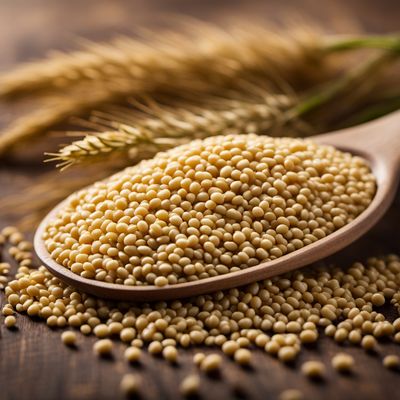
Foxtail millet grain
The Ancient Superfood: Foxtail Millet Grain
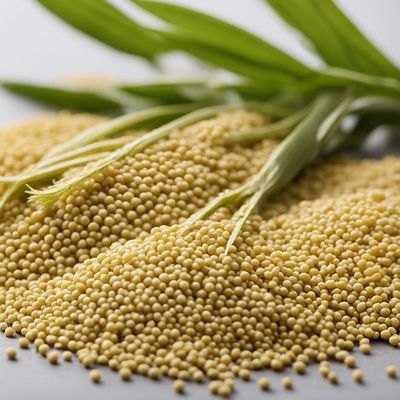
Barnyard millet
The Tiny Grain with Big Benefits: Exploring the Wonders of Barnyard Millet
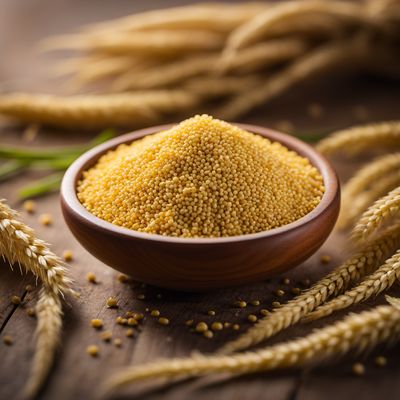
Common millet grain
The Mighty Millet: A Nutritious Ancient Grain

White fonio grain
The Ancient Superfood: Unlocking the Power of White Fonio Grain
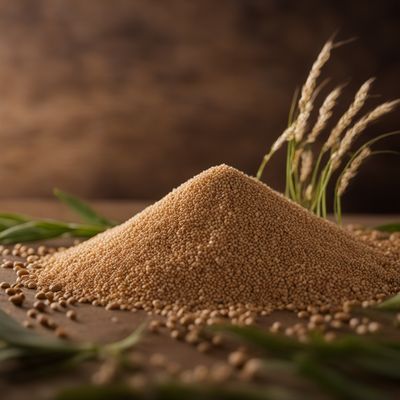
Teff grain
Teff: The Ancient Superfood

Finger millet grain
The Nutritional Powerhouse: Finger Millet Grain

Job's tears grain
The Ancient Grain of Health

Canary grass grain
The Nutritional Powerhouse: Canary Grass Grain

Black fonio grain
The Tiny Nutritional Powerhouse

Pearl millet grain
The Nutrient-Rich Ancient Grain: Pearl Millet Unveiled


